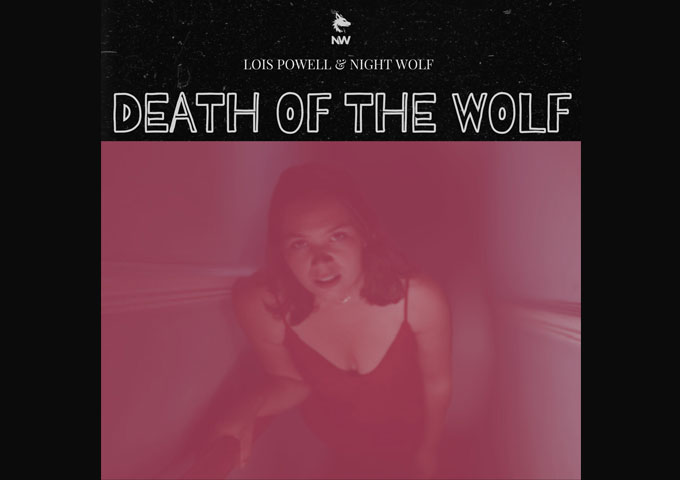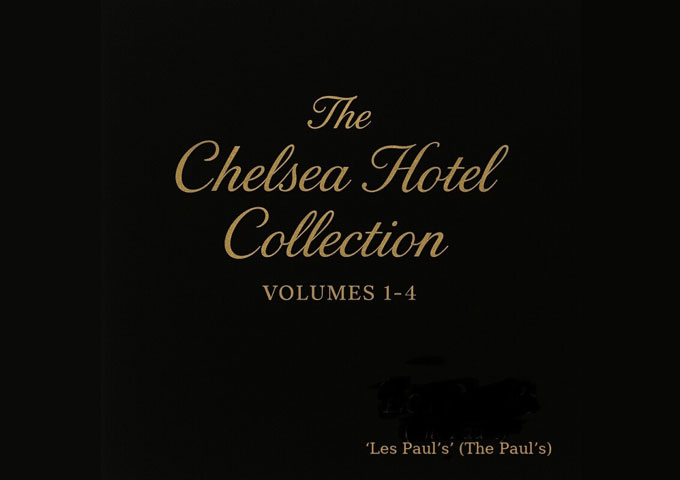At a time when musical authenticity often feels buried beneath layers of algorithmic AI precision and manufactured emotion, Adam Stevens emerges as a tiny example of genuine artistic expression through his project Acting as Functional. His latest single, “Cuckoo,” proving that sometimes the most profound statements are whispered rather than shouted. The track arrives at a time when many listeners are still increasingly hungry for substance over spectacle, and Stevens delivers exactly that—a piece of music that prioritizes emotional honesty over commercial polish. “Cuckoo” represents everything that makes Acting as Functional a discerning voice in today’s alt-pop landscape: an unwavering commitment to storytelling, an intuitive understanding of space and silence, and the rare courage to present vulnerability without armor.
Musically, “Cuckoo” operates on the principle that less truly can be more. The production, centered around skittering hi-hats and purposeful drum kicks, creates a rhythmic foundation that feels both grounded and effervescent. Those spacious keyboard stabs punctuate the arrangement like careful brushstrokes on canvas, each element serving the greater narrative rather than competing for attention.
The mid-tempo groove doesn’t rush to impress; instead, it invites the listener into a contemplative space where every detail matters. The production’s inherent airiness becomes a crucial element, allowing Stevens’ vocals to navigate the weight of their message while maintaining an almost conversational intimacy.
Rather than drowning the narrative in unnecessary embellishment, Acting as Functional crafts a sonic environment that amplifies the emotional core of the piece. It’s the difference between a crowded room and a quiet conversation—both have their place, but “Cuckoo” chooses the latter with compelling results.
The lyrical landscape of “Cuckoo” ventures into territory that many artists approach with heavy-handed metaphors or abstract imagery. Stevens takes a different path, presenting psychological distress through visceral, almost clinical observation. The opening declaration of surviving self-destruction immediately establishes the song’s central tension—the space between external composure and internal chaos.
The recurring motif of the face as a clock becomes the song’s most powerful metaphor, transforming time from an abstract concept into something tangible and threatening. This imagery of ticking, bumping, and booming creates a sense of mechanical inevitability, as if the narrator’s emotional state has become synchronized with some cosmic countdown. The repetition of this central image throughout the song reinforces the cyclical nature of anxiety and mental distress—how these feelings return with clockwork precision.
Perhaps most striking is the song’s exploration of dissociation, particularly in the line describing the mind’s eye looking down from the ceiling. This out-of-body perspective captures the strange dislocation that accompanies severe anxiety or panic, where one becomes simultaneously the observer and the observed. Stevens doesn’t romanticize this experience; instead, he presents it with the matter-of-fact clarity of someone who has lived it.
The “fun house filter” reference introduces another layer of distortion—not just the narrator’s self-perception, but how external reality becomes warped through the lens of mental distress. This isn’t simply about seeing things differently; it’s about the fundamental unreliability of perception when the mind is under siege.
The song’s emotional geography centers around the basic human need for sanctuary—the desire to walk away, to close the door, to turn on the light. These simple domestic images carry profound weight in the context of the narrator’s psychological state. The specificity of wanting to “walk into my home and close the door and turn the light on again” speaks to how mental distress can make even the most basic comforts feel unreachable.
The tragic irony emerges in the gap between desire and capability. Despite knowing exactly what would provide relief, the narrator finds himself unable to signal distress or take action. This paralysis—physical, emotional, and communicative—captures one of the most frustrating aspects of mental health struggles: the way they can rob us of agency even when clarity exists.
The resolution or lack thereof, proves equally powerful. Rather than offering false hope or easy answers, the song acknowledges that sometimes the only available response is retreat into sleep—not as healing, but as temporary escape. This honest portrayal of coping mechanisms reflects Stevens’ commitment to authentic storytelling over comfortable narratives.
Stevens’ self-identification as still being a student of his craft might initially seem like modesty, but it reveals something deeper about his artistic philosophy. “Cuckoo” demonstrates that being a student doesn’t mean lacking skill—it means remaining open to growth, to nuance, to the possibility that the next song might require an entirely different approach.
This attitude manifests in the song’s refusal to overstep its boundaries. Acting as Functional doesn’t try to be everything to everyone; instead, it focuses on doing one thing exceptionally well. The track succeeds because it knows exactly what it wants to accomplish and pursues that goal with unwavering focus.
The production choices reflect this same philosophy. Where other artists might layer in strings, brass, guitars or complex vocal harmonies, Stevens trusts his core elements to carry the weight. It’s a confidence that comes not from arrogance but from understanding—knowing that the story he’s telling deserves space to breathe.
In positioning “Cuckoo” as a piece that serves music’s primal purposes rather than commercial demands, Acting as Functional makes a statement about artistic priorities. The song succeeds on its own terms, creating an emotional connection that feels genuine rather than manufactured.
The track’s approach to mental health themes deserves particular recognition. Rather than treating anxiety and dissociation as dramatic plot devices, Stevens presents them as lived experiences worthy of careful attention. This isn’t trauma as entertainment; it’s trauma as human experience, deserving of respect and understanding.
The vocal delivery throughout “Cuckoo” embodies this same respectful approach. Stevens doesn’t perform the emotions; he presents them, allowing listeners to connect with the vulnerability rather than admire the performance. It’s the difference between watching someone act sad and witnessing someone’s actual sadness—the latter creates genuine empathy.
“Cuckoo” arrives at a moment when the music industry is beginning to recognize the value of authentic vulnerability over manufactured drama. Acting as Functional represents the vanguard of this shift, proving that audiences are ready for music that treats them as thinking, feeling individuals rather than passive consumers.
“Cuckoo” stands as proof that in a world of increasing noise, sometimes the most revolutionary act is to speak quietly, and without pretense, and trust that the right people will lean in to listen. Acting as Functional has created something rare: a song that makes its listeners feel both heard and understood, a combination that transforms casual listeners into devoted followers.
In the end, “Cuckoo” succeeds because it remembers what music, at its core, is supposed to do—connect human beings across the spaces between their experiences, offering not answers but acknowledgment, not solutions but solidarity. Acting as Functional has delivered precisely that, wrapped in a sonic package that respects both the complexity of human emotion and the intelligence of the listener.
OFFICIAL LINKS:
SOUNDCLOUD: https://on.soundcloud.com/vYfArFrFeDZ1RbvnBZ
















Leave a Reply